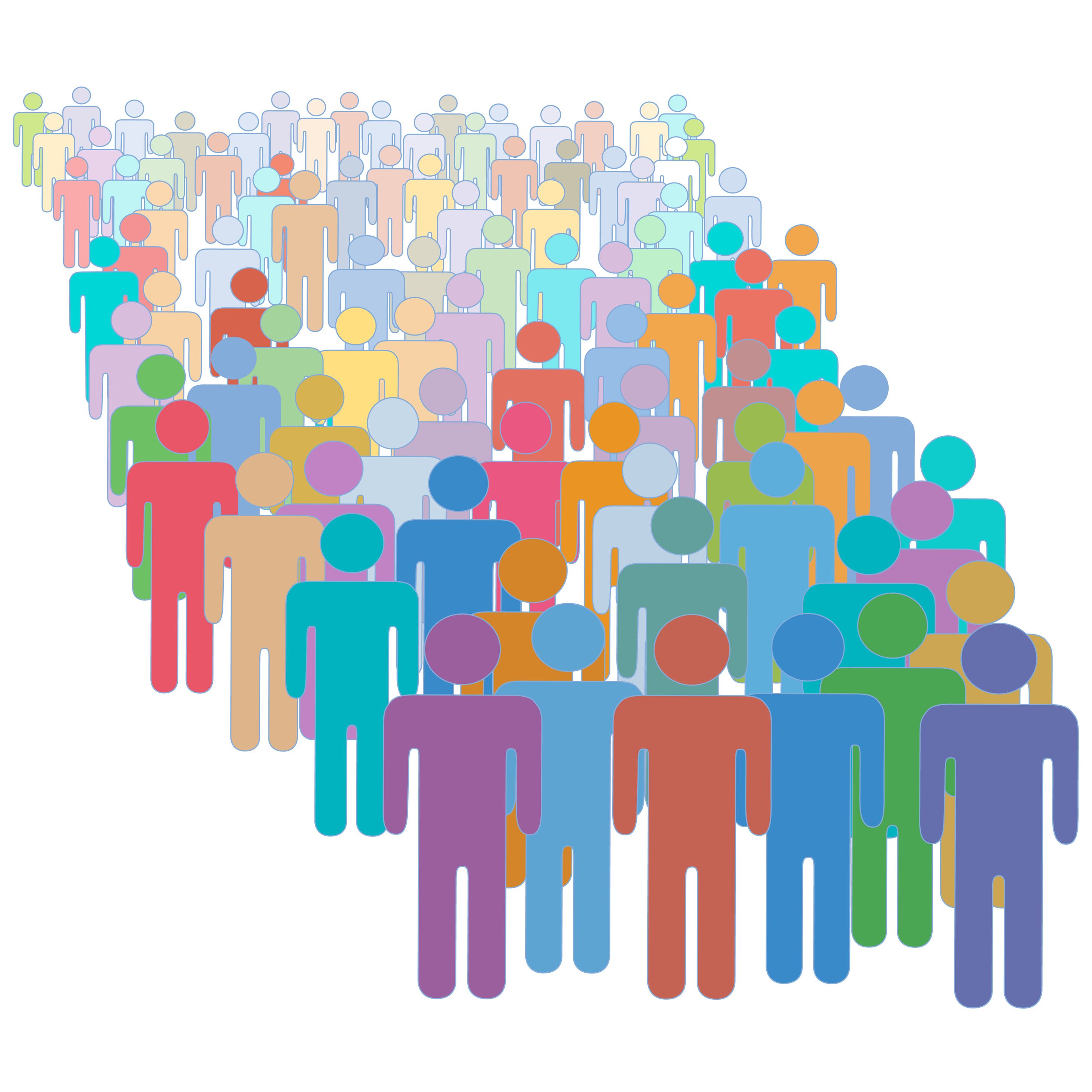Isolation and Contact Tracing Vital in Controlling COVID-19
A modeling study from the UK reinforces how the transmission rates from infected people can be lowered using a variety of well-known strategies.

In a new modeling study, researchers in the UK found combining isolation and intensive contact tracing with physical distancing measures might be the most effective and efficient strategy to achieve and maintain control of coronavirus 2019 (COVID-19).
Adam Kucharski, PhD, London School of Hygiene & Tropical Medicine, led a team of investigators who looked at how more than 40,000 people in the UK moved around and interacted with other people prior to the COVID-19 outbreak, in order to see how different testing, isolation, tracing and physical distancing scenarios might reduce the number of secondary cases.
Some of the measures they included were remote working, app-based tracing, limits on gatherings, and mass population testing.
Their assessment is the first time investigators have used social contact data to quantify the potential impact of control measures on reducing individual-level transmission of SARS-CoV-2 in specific settings. The study’s findings were published in The Lancet.
The investigators modelled the rate of virus transmission using the reproductive number (R), which is the average number of people each person with the virus is likely to infect. In order to keep COVID-19 in a declining mode, R needed to be <1.
In the study’s model, the secondary attack rate or the probability that a close contact of a confirmed case will be infected was assumed to be 20% among household contact and 6% among other contacts.
Without any control measures put in place, the investigators calculated the R value to be 2.6. Essentially, this meant that 1 person with COVID-19 would infect 2-3 people.
When self-isolation is done at home in symptomatic cases, the modeling showed transmission would be reduced down to an R value of 1.8.
In addition, when combining self-isolation, household quarantine, and tracing strategies, transmission could be furthered lowered to an R value of 1.4. If an app-based contact tracing element is added and adopted by 53% of the population, the R value finally falls beneath 1: 0.94.
To learn more about contact tracing apps, go to this Contagion® article and video.
“Our findings reinforce the growing body of evidence which suggests that we can’t rely on one single public health measure to achieve epidemic control,” Kucharski said in a statement. “Successful strategies will likely include intensive testing and contact tracing supplemented with moderate forms of physical distancing, such as limiting the size of social gatherings and remote working, which can both reduce transmission and the number of contacts that need to be traced."
